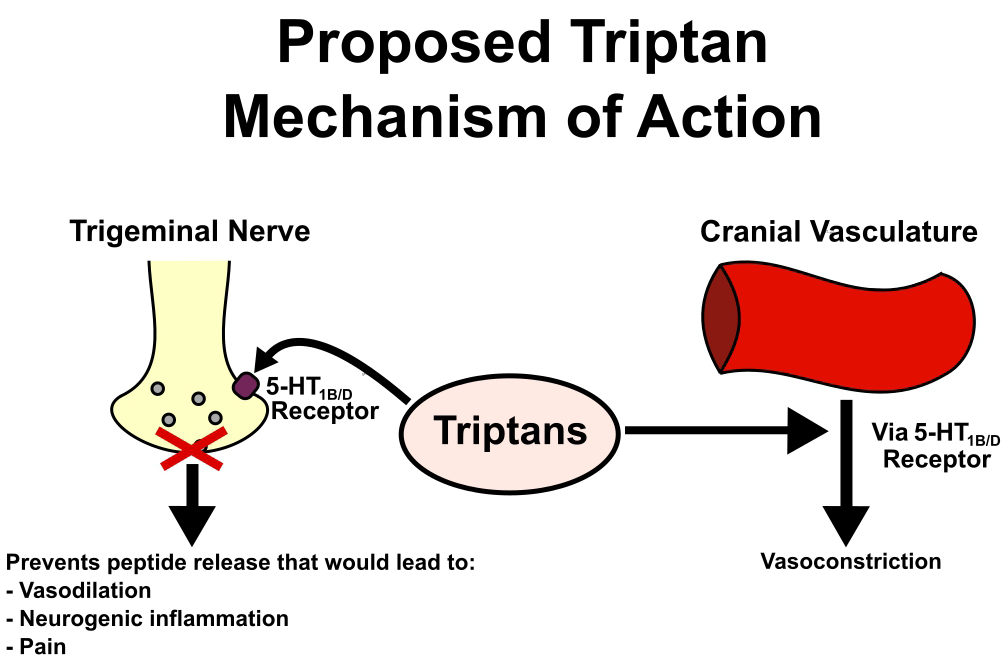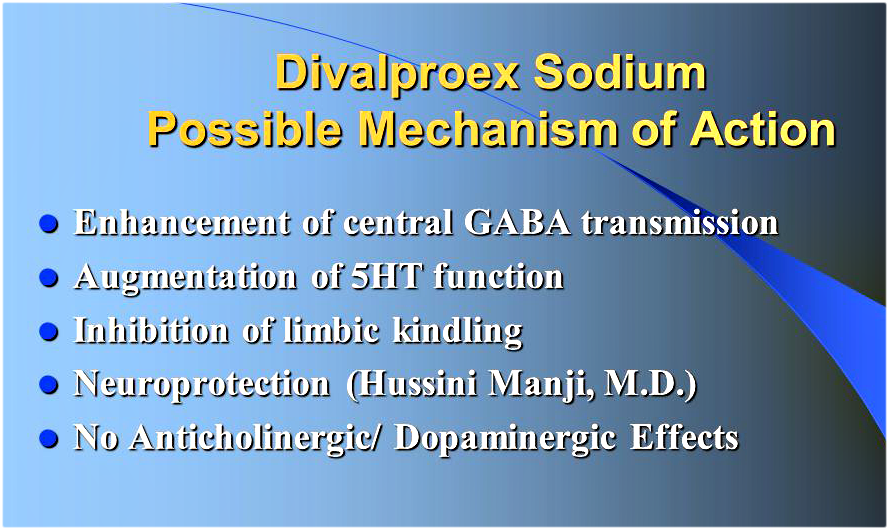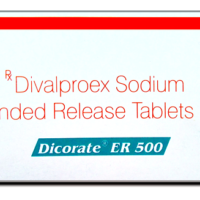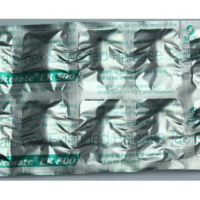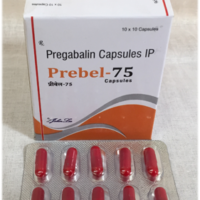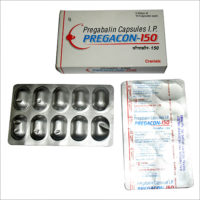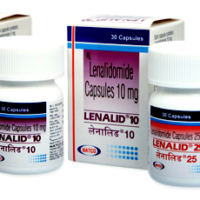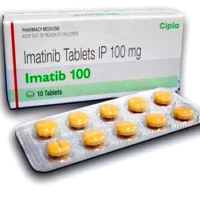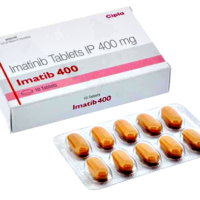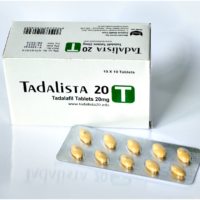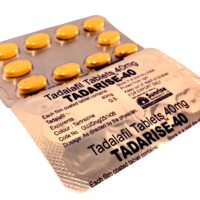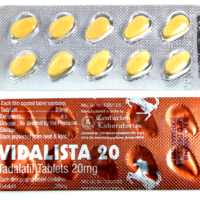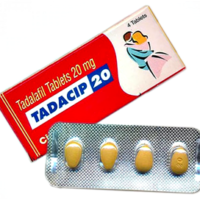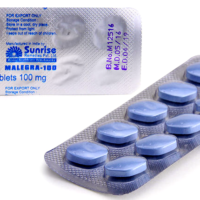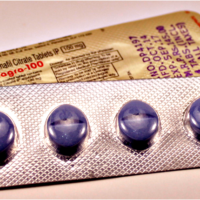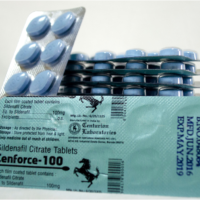Depression is common. Symptoms can affect day-to-day life and can become very distressing. Treatments include talking (psychological) treatments and antidepressant medicines.
Our bodies have a number of important physical and behavioural processes which are controlled by the cycling of day and night. These are called circadian rhythms and, if disrupted, can result in depression. Agomelatine relieves depression by helping to restore the balance of these biological rhythms.
Agomelatine (Valdoxan) is an atypical antidepressant drug developed on the basis that abnormal circadian rhythm causes depression.
Buy Generic Valdoxan from our company and get instant discount prices for Agomelatine 25mg.
While most other (typical) antidepressant drugs are selective serotonin reuptake inhibitors (SSRIs) that seek to increase serotonin in the brain, agomelatine activates melatonin (MT1 and MT2) receptors and blocks the 5-HT2C serotonin receptors.
Presently, agomelatine is approved in the European Union for the treatment of major depression.
In the United States, it is presently under a phase 3 trial for regulatory approval by the FDA, so it is considered a dietary supplement and doctors in the US do not prescribe agomelatine.
Depression is a disorder of the limbic system (part of the brain that controls emotions and memory) that is categorized by abnormalities in:
- The stress responses or HPA Axis Dysfunction. Many depressed patients have elevated CRH and cortisol, but are cortisol resistant because they have reduced cortisol receptors in the brain.
- Circadian rhythm. Many depressed patients have a phase shift in their circadian rhythms, so they stay up later and wake up later.
- Sleep habits and sleep cycles. Depression has a high correlation with sleep disorders such as insomnia.
- Inflammation in the brain and the gut. This causes sickness behavior (like chronic fatigue in humans) and also affects tryptophan and serotonin energy production.
- Reduced BDNF levels.
We think agomelatine is relevant for many SelfHacked readers and clients because, even though you are not diagnosed with depression, you likely suffer from one or a few such abnormalities.
How Agomelatine Works

Mode of action of agomelatine. Source: http://onlinelibrary.wiley.com/doi/10.1002/pnp.123/full
Unlike other antidepressants, agomelatine helps with several aspects of depression physiology as listed above, including:
- Restoring normal circadian rhythm, just as melatonin would
- Reducing cortisol
- Increasing BDNF
- Improving sleep quality
- Reducing inflammation in the brain due to lipopolysaccharides (a model of leaky gut) in rats
Although agomelatine is molecularly very similar to melatonin, it is more potent than melatonin because of the longer half-life.
Agomelatine 25mg shipped from India, we have best prices, than our competitors, contact us for future details, we try to provide you with best shipping services from India.
Agomelatine has a half-life of 2.3 hours, while melatonin has a half-life of 50 minutes. Agomelatine also binds more strongly to melatonin receptors than does melatonin itself.
By blocking 5-HT2c receptors on dopaminergic and noradrenergic neurons, agomelatine elevates dopamine and norepinephrine levels in the brain (prefrontal cortex, but not limbic system), proving beneficial to both nootropic cognitive enhancement and treatment of depression.
Agomelatine Helps Treat Mood Disorders by Restoring Normal Circadian Rhythm

By stimulating melatonin receptors, agomelatine can resynchronize circadian rhythm with the external environment. In animal studies, agomelatine restored dysfunctional sleep/wake cycles, represented by enhanced duration of REM and slow-wave sleep after acute oral administration.
A combination of circadian rhythm restoration and selective serotonin blockers makes agomelatine a worthy treatment for mood and sleep disorders.
Agomelatine Protects the Brain by Increasing BDNF

Hippocampal BDNF enhances synaptic plasticity, which improves the brain’s ability to learn, store, and access new information.
Agomelatine increases BDNF levels in the hippocampus, thereby enhancing the survival of existing neurons and synapses, as well as the growth and production of newly generated ones.
Elevated BDNF helps prevent stress-induced impairment of visual memory and spatial learning. For this reason, agomelatine treatment may influence long-term behavioral response to stress, which can help mitigate symptoms of mood disorders and physiologically enhance the brain’s ability to cope with stressful situations.
Agomelatine also increases CREB (cAMP response element-binding protein), which helps prevent the degenerative effect of environmental stressors on the hippocampus. This neuroprotective property may contribute to agomelatine efficacy for treating mood disorders related to stress-induced deterioration of memory and mood.
Agomelatine Increases Neurotransmitter Release
By blocking the serotonergic receptor 5HT-2c, agomelatine increases norepinephrine and dopamine release, which enhances daytime motivation and helps combat the physical and mental effects of mood disorders.
Some aspects of agomelatine antidepressant characteristics may also be attributed to these pro-cognitive or nootropic benefits.
Agomelatine Reduces Anxiety Symptoms
Agomelatine may be used as an adjunctive treatment for depression-related anxiety symptoms. In clinical studies, agomelatine demonstrated the ability to improve anxiety symptoms within major depression, proving superior to both placebo and comparable depression medication.
Agomelatine may also treat generalized anxiety disorders (those not linked to depression).
In a study involving over 400 patients over the course of 12 weeks, agomelatine was shown to be as effective as escitalopram in mitigating anxiety symptoms and had less adverse effects as a result of its novel mechanism of action.
Agomelatine Helps with Neuropathic Pain
Due to the neurological causes of neuropathy, antidepressants (not painkillers) are among the go-to treatments for otherwise treatment-resistant neuropathic pain. Melatonin, serotonin, and norepinephrine play a major role in neuropathic pain disorders.
Melatonin reduces pain by simultaneously stimulating melatonin receptors and blocking specific serotonin receptors in rodents.
Agomelatine also reduced symptoms of pain hypersensitivity and abnormal pain sensation (from touch and temperature) in diabetic rats. Agomelatine ultimately restored pain sensitivity and response in the diabetic rats to the levels of non-diabetic control rats.
Agomelatine may even treat neuropathic pain in fibromyalgia cases that have previously been unresponsive to medical treatment, due to its blocking of serotonergic receptor 5HT-2C.
Agomelatine Improves Bone Health and Muscle Strength
Inflammatory cytokines are produced by cells to initiate localized inflammation and immune responses and maintain bone balance.
Uncontrolled amounts of inflammatory cytokines impair generation of important bone cells called osteoblasts and osteoclasts, which are involved in bone restoration and maintenance.
High amounts of IL-1β, IL-6, and TNF-α may even weaken bones and ultimately lead to osteoporosis, arthritis, bone erosion, cartilage degradation, and even gum disease.
Agomelatine reduces the levels of proinflammatory cytokines TNF-α, IL-1β, and IL-6.
By suppressing these potentially harmful cytokines, agomelatine helps keep bones healthy and prevents loss of bone density.
Agomelatine consistently raises both IGF-1 and growth hormone levels by stimulating melatonin receptors, which regulate hormone secretion during sleep. This is beneficial not only to healthy bone development, but also for prevention of bone loss and muscle atrophy.
By increasing IGF-1 and growth hormone secretion, while simultaneously reducing catabolic proinflammatory cytokines, agomelatine may even enhance muscle strength. Rodents treated with agomelatine showed an increase in muscle strength and density after five weeks of treatment.
Agomelatine Protects Mitochondria from Oxidative Stress

Agomelatine offers similar antioxidant and mitochondrial benefits due to its chemical similarity to melatonin. It also has a longer half-life, better oral bioavailability, and higher affinity for melatonergic receptors than melatonin itself.
Agomelatine’s potent antioxidant properties enhance natural elimination of 3-nitropropionic acid (3-NPA), a dangerous mitochondrial toxin that causes neuromuscular disorders.
3-NPA toxicity usually occurs as a result of prolonged ingestion of slightly moldy crops (like sugarcane or peanuts). 3-NPA causes health problems such as weight loss, motor impairment, and learning-memory deficits.
Agomelatine Reduces Inflammation from Leaky Gut
Lipopolysaccharides (LPS) is a bacterial toxin that can leak into the bloodstream when there is leaky gut. It can cause inflammation and metabolic problems like insulin resistance, obesity, diabetes, and heart diseases.
In rats, chronic treatment with agomelatine reduces the inflammatory cytokines IL-1beta and IL-6 induced by LPS. The same study also finds deactivation of NF-kB, the protein that turns on inflammatory responses in the immune system.
The study found that the inflammatory cytokines decreased both in the brain and throughout the body. Interestingly, Nattha also (unexpectedly) discovered that agomelatine helped with eczema during the day following agomelatine use.
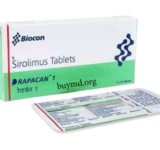
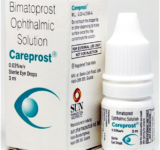
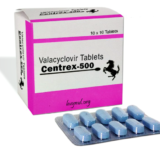
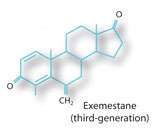
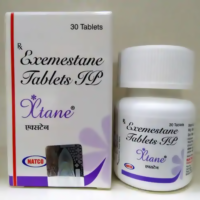
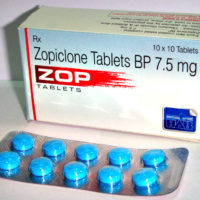
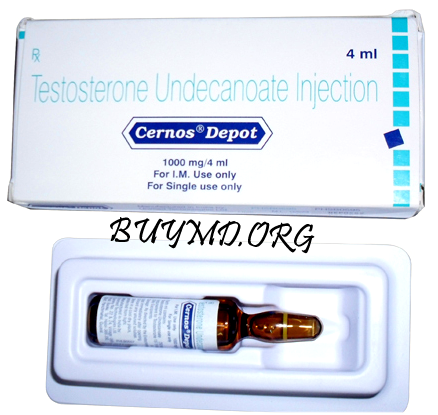
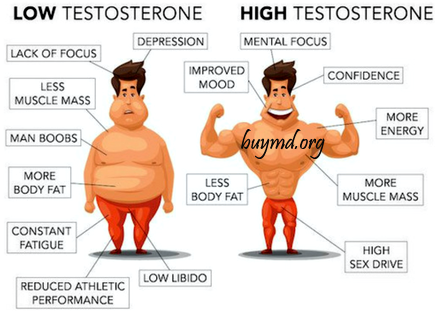
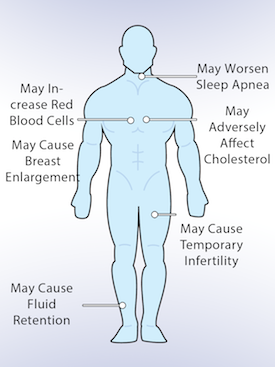

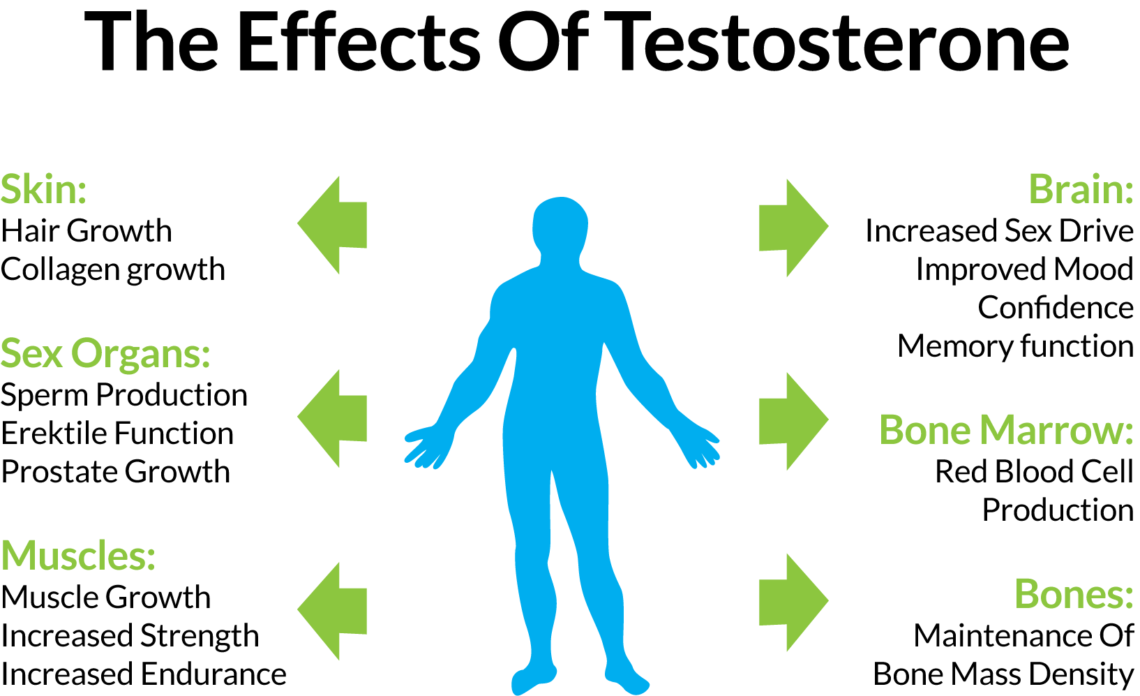

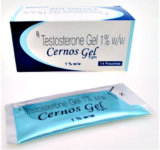
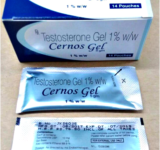
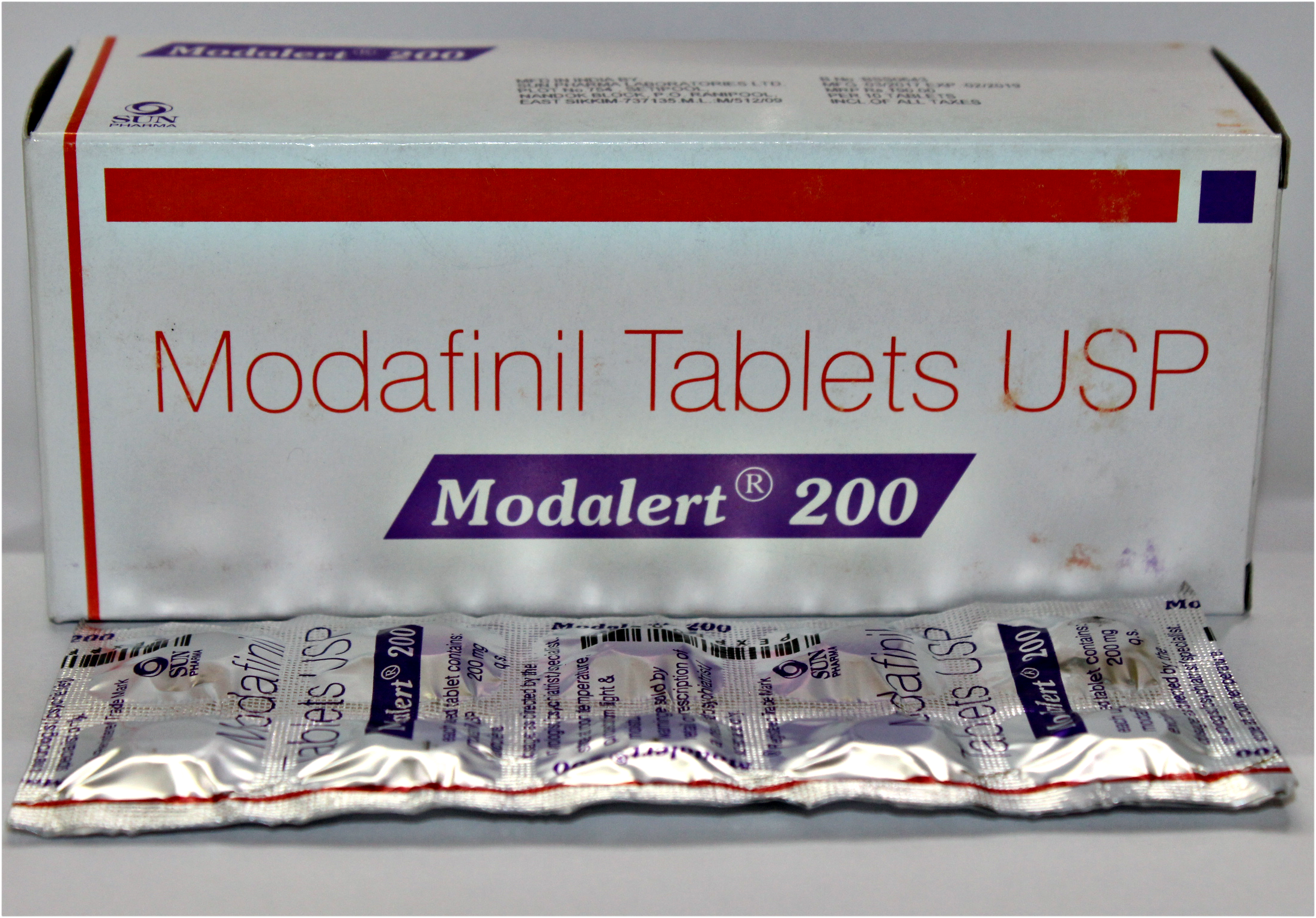
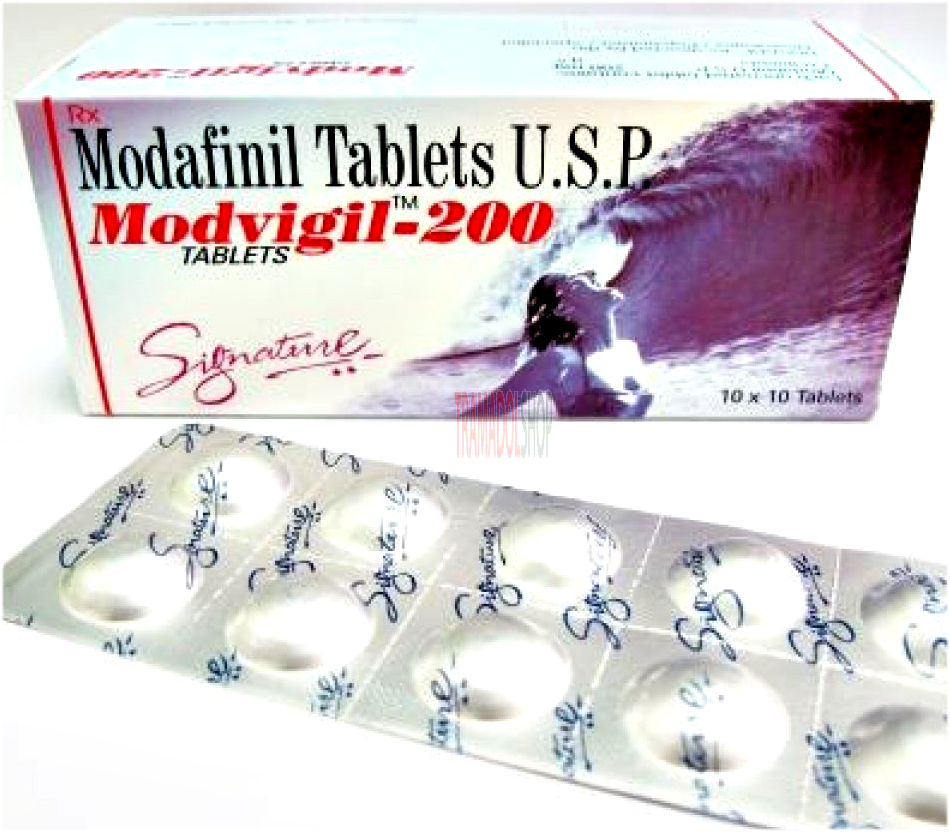 Modafinil is a synthetic molecule of the benzhydryl class. Benzhydryl compounds are comprised of two benzene rings attached to a single carbon molecule. Modafinil is classified as a sulphinyl benzhydryl molecule, as it also contains a sulphinyl group, a sulphur molecule double-bonded to an oxygen molecule, attached to the carbon of the benzhydryl group. From this sulphur group at R2, an acetamide group is bound at its free carbon through a carbonyl group to a terminal amine group. Modafinil is structurally analogous to fluorafinil, another benzhydryl stimulant.
Modafinil is a synthetic molecule of the benzhydryl class. Benzhydryl compounds are comprised of two benzene rings attached to a single carbon molecule. Modafinil is classified as a sulphinyl benzhydryl molecule, as it also contains a sulphinyl group, a sulphur molecule double-bonded to an oxygen molecule, attached to the carbon of the benzhydryl group. From this sulphur group at R2, an acetamide group is bound at its free carbon through a carbonyl group to a terminal amine group. Modafinil is structurally analogous to fluorafinil, another benzhydryl stimulant.